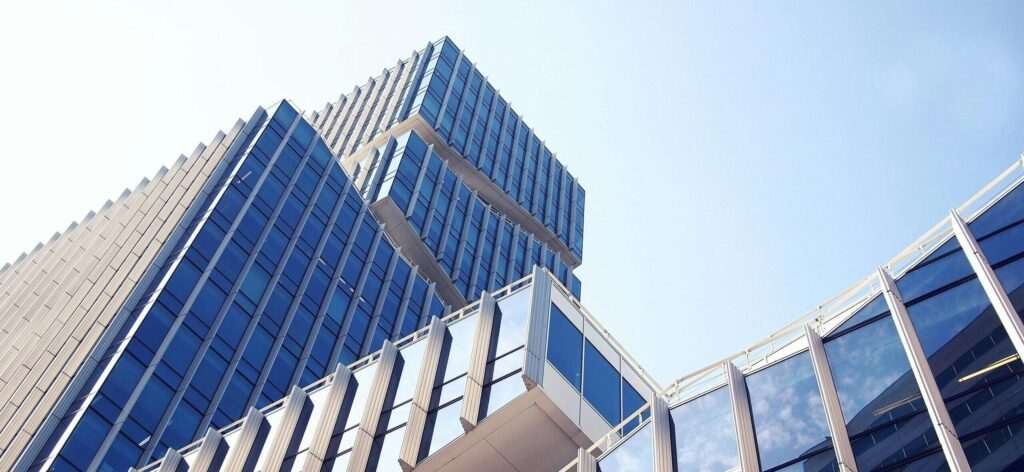Space not available
The file format is not recognized
Reserve this advertising space
Post an ad : banner or video
press release, interview, sponsorship
Choose this advertising space
and click here to transmit
an announcement file
Your ad in pop-up format
Choose this advertising space
and click here to transmit
an announcement file
a file
or
Transmit here
a file
– Electricity, a strategic activity

To move from an electrification rate of 58% to universal access to clean and reliable energy by 2030, the Togolese government is multiplying initiatives.
Space not available
The file format is not recognized
Reserve this advertising space
Post an ad : banner or video
press release, interview, sponsorship
Choose this advertising space
and click here to transmit
an announcement file
Your ad in pop-up format
Choose this advertising space
and click here to transmit
an announcement file
a file
or
Transmit here
a file
At the national level, according to the results of the fourth general population and housing census of November 2010, 37.7% of Togolese lived in cities compared to 25.2% in 1981. Projections indicate, given the current rate of urban growth, that 50% of the population will reside in urban areas in 2028. This rate will increase to 58% in 2050 according to the United Nations report on the state of urbanization (UNDESA, 2014). This will result in a threefold increase in the urban population between 2014 and 2050; increasing from 2.7 to 8.4 million inhabitants, with ever-increasing pressure on available infrastructure. The major challenges facing Togo therefore include the increase in environmental problems with climate change, societal problems with increasingly high demands and human settlements. These problems are likely to worsen as urban growth accelerates. The government's mission is to work towards sustainable urban development in order to improve the quality of life of its residents. It promotes viable cities and, in particular, access to decent housing, especially for low- and middle-income segments of the population. Priorities also include the development, construction, and rehabilitation of sanitation facilities, as well as securing land tenure.
 Positioning itself as a logistics hub, Lomé must consolidate its status as a business center in the sub-region; the government is investing massively in road and airport infrastructure.
Positioning itself as a logistics hub, Lomé must consolidate its status as a business center in the sub-region; the government is investing massively in road and airport infrastructure.
To this end, two bypasses and three international highways have been built or completely renovated, as well as two dry ports. The internal road network of the Autonomous Port of Lomé (PAL) has been renovated and its capacity increased to 7,000 TEU [twenty-foot equivalent unit] containers. Other recent developments include the digitalization of PAL's activities, the relocation of the fishing port, and the creation of a multi-service logistics platform that accelerates the processing of goods and increases traffic.
Space not available
The file format is not recognized
Reserve this advertising space
Post an ad : banner or video
press release, interview, sponsorship
Choose this advertising space
and click here to transmit
an announcement file
Your ad in pop-up format
Choose this advertising space
and click here to transmit
an announcement file
a file
or
Transmit here
a file
Concerning the activity zones, we can mention the development of the fishing port market, the creation of the Adétikopé Industrial Platform (PIA), the juxtaposed checkpoint of Noépé on the border between Togo and Ghana and the rural development project of the Djagblé plain on the outskirts of Lomé.
The government is taking action to streamline the land title creation process. The framework of the land tenure system—updated by the law of June 14, 2018—allows the state to focus on reforming agricultural land policy, for which a draft bill is currently being developed. It is currently reviewing maps, implementing a land information system, and creating planned agricultural development zones (Zaap).
STRENGTHENING AND INTERCONNECTION OF NETWORKS
Togo aims to significantly boost its reliance on renewable energy by increasing production from 34.7 MW to 264.7 MW in terms of installed capacity by 2025. The country has launched major energy projects to promote solar energy, in order to multiply its production of green and sustainable energy by seven. This performance should allow it to achieve the objective of 50% of renewable energy in its energy mix.
Solar power, however, is not the only resource the Togolese authorities are counting on to meet the energy challenge. The option of harnessing hydroelectric potential is also being explored.
While the challenge is to diversify energy sources, with a focus on 50% of renewable energy production, Togo should also mobilize resources to make access to energy universal by 2030, in line with the national electrification strategy. This will involve combining new solutions (mini and off-grid) with the expansion of the conventional electricity network.
Space not available
The file format is not recognized
Reserve this advertising space
Post an ad : banner or video
press release, interview, sponsorship
Choose this advertising space
and click here to transmit
an announcement file
Your ad in pop-up format
Choose this advertising space
and click here to transmit
an announcement file
a file
or
Transmit here
a file















 A Seat That Transforms into a Bed
A Seat That Transforms into a Bed  In the world of air travel, economy class is often considered the most affordable option. However, at Air Afrika, we believe that affordability shouldn't mean compromising on quality of service. Our class
In the world of air travel, economy class is often considered the most affordable option. However, at Air Afrika, we believe that affordability shouldn't mean compromising on quality of service. Our class











